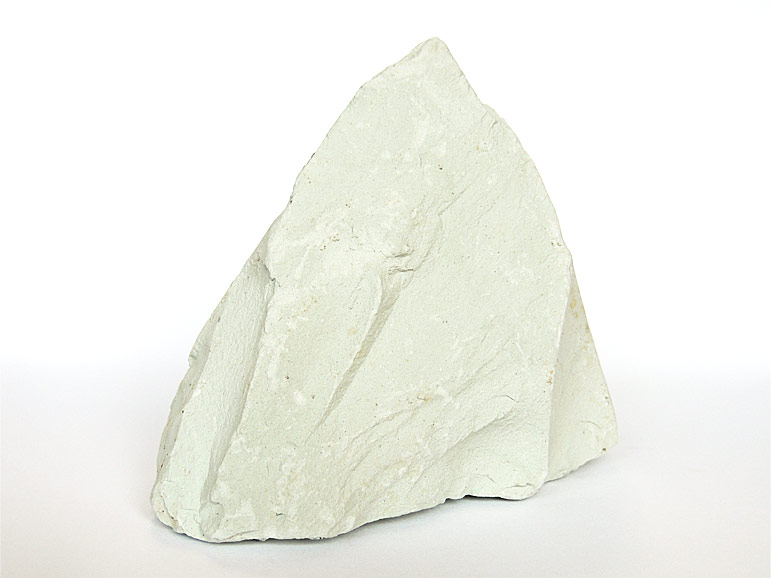Zeolítica

Zeolites, often referred to as nature’s molecular sieves, are a captivating class of minerals that have intrigued scientists and industrialists alike for decades. These aluminosilicate minerals boast a unique crystalline structure and versatile properties that have found applications across various fields, from catalysis to environmental remediation. In this article, we will explore the fascinating world of zeolites, delving into their structure, properties, and the myriad ways they contribute to advancing science and industry.
The Genesis of Zeolites:
The term “zeolite” originates from the Greek words “zeo” (to boil) and “lithos” (stone). This nomenclature reflects the minerals’ propensity to release water when heated, a characteristic that distinguishes them from other crystalline aluminosilicates. Zeolites are primarily formed in volcanic rocks and ash beds through a process called hydrothermal alteration. Alkaline groundwater interacts with volcanic minerals, leading to the gradual crystallization of zeolites over thousands of years.
Crystalline Marvels:
One of the defining features of zeolites is their intricate crystalline structure. These structures consist of interconnected channels and pores with precise dimensions, resembling a three-dimensional molecular sieve. The porous nature of zeolites allows them to selectively adsorb and desorb molecules, making them invaluable in various applications.
Applications in Catalysis:
Zeolites have become indispensable in catalysis, playing a pivotal role in numerous industrial processes. Their porous structure provides an ideal environment for catalytic reactions, facilitating the conversion of raw materials into valuable products. In the petrochemical industry, zeolites are used as catalysts in fluid catalytic cracking (FCC) to enhance the production of gasoline and other refined products from crude oil. Their ability to selectively adsorb and release molecules makes zeolites efficient catalysts, contributing to increased efficiency and reduced environmental impact.
Environmental Remediation:
The unique adsorption properties of zeolites extend beyond the industrial realm, finding applications in environmental remediation. Zeolites are employed to remove heavy metals and other pollutants from water and soil. Their high surface area and ion-exchange capabilities make them effective in capturing and immobilizing contaminants, mitigating the impact of industrial activities on ecosystems.
Water Softening:
Zeolites are commonly used in household water softeners to reduce the hardness of water. Hard water, rich in calcium and magnesium ions, can lead to the formation of scale deposits in pipes and appliances. Zeolites exchange sodium ions for calcium and magnesium ions, preventing the accumulation of scale and ensuring the efficient operation of water-based systems.
Medical and Agricultural Uses:
In the medical field, zeolites have been explored for drug delivery due to their porous structure, which can accommodate and release therapeutic molecules in a controlled manner. Additionally, zeolites are used in animal husbandry and agriculture to improve soil quality and nutrient retention. Their ability to act as a reservoir for essential nutrients enhances plant growth and crop yields.
Nuclear Waste Remediation:
Zeolites have shown promise in the field of nuclear waste remediation. Their ability to selectively adsorb radioactive ions makes them potential candidates for capturing and immobilizing nuclear waste. Research is ongoing to develop zeolite-based materials that can enhance the safety and efficiency of nuclear waste storage.
Challenges and Future Prospects:
While zeolites offer a plethora of benefits, challenges exist in synthesizing specific zeolite structures with tailored properties. Researchers are exploring advanced synthesis techniques and modifications to overcome these challenges. Additionally, the exploration of novel zeolite-like materials, such as metal-organic frameworks (MOFs), opens new avenues for applications in various fields.
Conclusion:
Zeolites, with their intricate crystalline structures and versatile properties, continue to captivate the scientific and industrial communities. From catalysis to environmental remediation, these aluminosilicate minerals contribute significantly to advancements in diverse fields. As research progresses and technology evolves, the potential applications of zeolites are likely to expand, unveiling new possibilities for harnessing the alchemical wonders of nature in the service of humanity.




